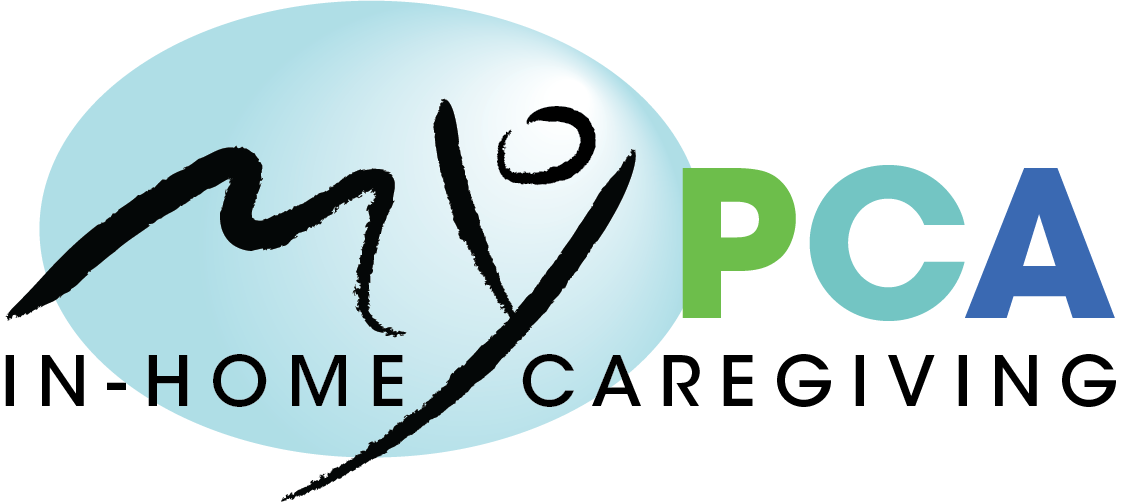
Financial Assistance
It’s always an option to pay out-of-pocket for in-home care, but many people utilize some form of financial assistance to make the cost more manageable. Below are some of the most commonly used resources available to pay for home care.
Long-Term Care Insurance: Standard health insurance will not pay for personal care assistance, but some long-term care insurance policies may. While long-term care (LTC) insurance policies are specifically designed to cover senior care, the exact coverage details can vary depending on several factors, most notably the age of the beneficiary when they signed up for their policy. LTC insurance oftentimes will not cover in-home care until the client needs help with at least two ADLs. Check the details of your loved one’s policy to see if in-home personal care assistance is a covered benefit.
Life Insurance: Though one’s life insurance benefit is intended to be accessed after they pass, in some cases it makes more financial sense to access the funds early and use the life insurance payment to finance long-term care. This may be in the form of an “accelerated death benefit” from the insurance provider, or you may look into selling the policy to a third-party for a cash payment. Look into the specifics of your loved one’s policy to see if this option makes sense for your situation.
Veterans Benefits: In addition to a VA pension, some veterans are eligible for the Aid and Attendance (A&A) benefit, an additional monthly payment intended to be used towards paying for long-term care. One of the eligibility terms is needing help with one or more ADLs, so most veterans in need of in-home care will likely qualify. You can learn more about the benefit and apply directly on the VA website, or apply in person at your local VA office.
